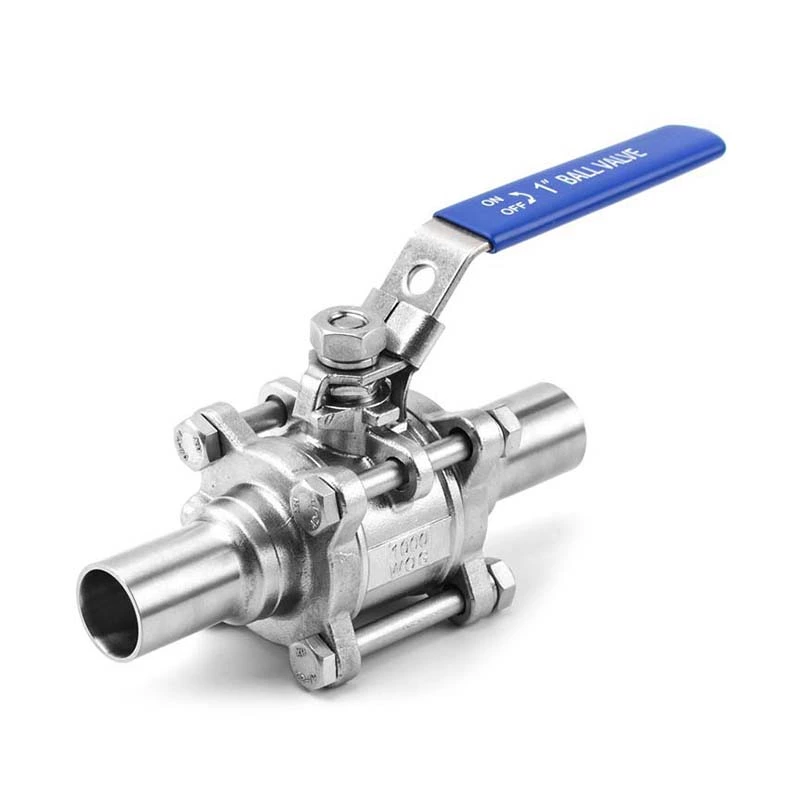"lifelong Protection" Of Sanitary Valves: It Is Not Enough To Buy Them, Maintenance Is More Important
Even the best Sanitary Valve can become a health hazard if not properly maintained. Here are a few key maintenance tips:
1. Regular Cleaning: Use a Food-Grade Cleaner and a Fiber-Free Cloth
To clean, disassemble all valve components (valve plug, valve seat, seals), soak them in a food-grade neutral detergent (such as dish soap) for 10-15 minutes, and then wipe with a fiber-free cloth (such as medical gauze) to avoid fiber residue.
For difficult-to-clean areas (such as the seal groove), use a special soft-bristle brush. Avoid steel wool, which can scratch the surface and allow microbial growth.
2. Disinfection: Use Steam or Chemical Disinfectants
Steam sterilization: This is the most commonly used method, using saturated steam at 121°C for 20-30 minutes to kill all bacteria and spores.
Chemical Disinfection: For areas where steam cannot be used (such as plastic parts), soak the parts in peracetic acid or hydrogen peroxide solution, then rinse with sterile water.
3. Regular Inspection: "Seals" are Key
- Seals (O-rings, gaskets) are consumable parts in sanitary valves and should be regularly inspected for signs of aging, cracks, or deformation.
- If seals are damaged, replace them promptly—use food-grade silicone or fluororubber replacements; avoid ordinary rubber (which can release harmful substances).
